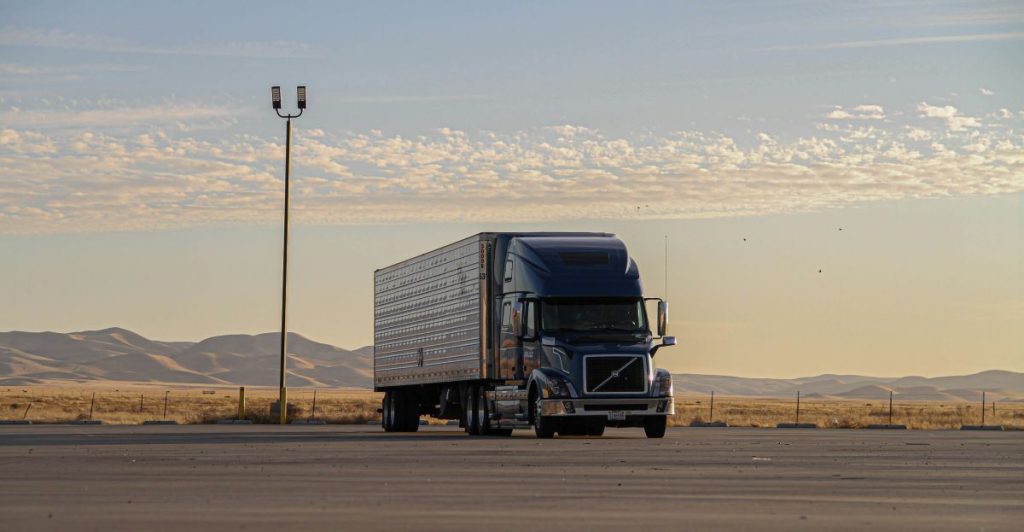U.S.-Mexico Freight Value Sees 4.2% YoY Increase Amidst North American Transborder Freight Decline
Despite a 0.9% decline in North American transborder freight value in August 2024, U.S.-Mexico trade continues to grow, outpacing U.S.-Canada trade. Truck freight dominates over rail and other modes of transportation.
According to the U.S. Bureau of Transportation Statistics (BTS), the total value of U.S. transborder freight in August 2024 was $136.7 billion, marking a 0.9% decrease compared to August 2023. However, this overall decline conceals two significant trends: the growth of U.S.-Mexico trade and the decline of U.S.-Canada trade.
Freight between the U.S. and Mexico increased by 4.2% year-on-year to $73.8 billion, while U.S.-Canada freight fell by 6.4% to $63.0 billion. The BTS noted that Mexico has consistently surpassed Canada in freight dollar value over the past 18 months.
Truck Freight Outpaces Rail and Other Modes
Truck freight continues to dominate over rail freight and other modes of transportation between the U.S., Canada, and Mexico. In August 2024, trucks moved $90.7 billion of freight, a 3.3% increase compared to August 2023. In contrast, rail freight fell by 4.3% to $16.9 billion.
Freight moved by oceangoing vessels, pipelines, and air also saw declines. Oceangoing vessels moved $9.8 billion of freight, down 17.2% compared to August 2023. Pipelines moved $8.9 billion of freight, a 9.0% decrease, while air moved $4.7 billion of freight, an 8.8% decrease year-on-year.
Key Ports and Connection Points for U.S. Freight Flows
Detroit, Port Huron, and Buffalo emerged as the top truck ports for U.S. freight flows with Canada, while Laredo, El Paso, and Otay Mesa were the top truck ports with Mexico. For rail connections, Detroit, Port Huron, and International Falls were the top ports for U.S. freight flows with Canada, while Laredo, Eagle Pass, and El Paso were the top ports with Mexico.
Chicago, Port Huron, and Minneapolis were the top pipeline connection regions for U.S. energy freight flows with Canada, while El Paso, Hidalgo, and Laredo were the top pipeline connection regions with Mexico. For water port connections, the Port of Boston, Arthur, and Portland were the top ports for U.S. energy flows with Canada, while the Port of Houston, Arthur, and Texas City were the top ports for U.S. energy flows on the Southern border.







